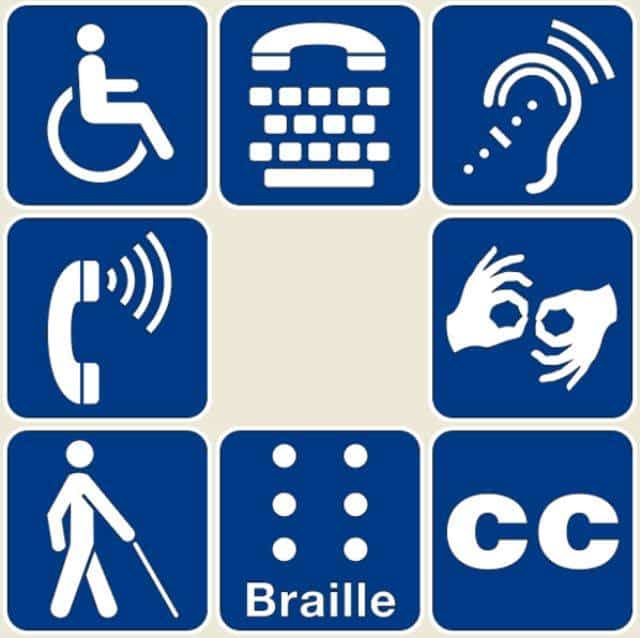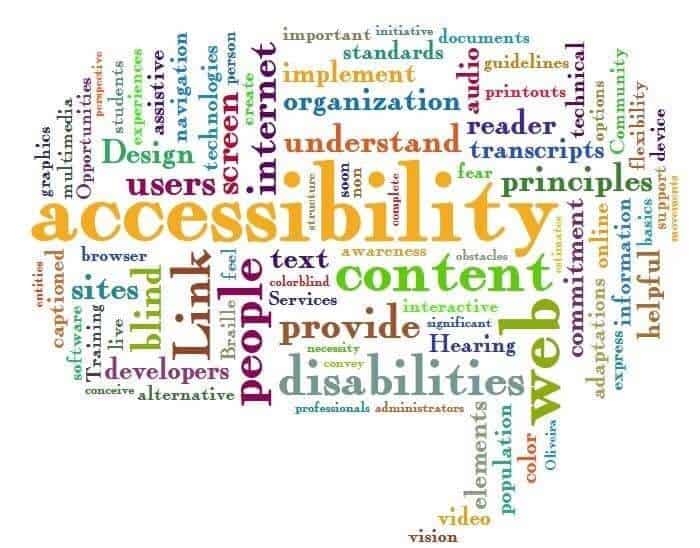Assessing the Problem
In 1972 the U.S. Congress passed the Rehabilitation Act, which provided that “No otherwise qualified disabled individual shall, solely by reason of his (or her) handicap, be excluded from the participation in, or be subjected to discrimination under any program or activity receiving financial assistance.” The major highlight of this above made statement is that; the law in U.S. guarantees participation of qualified disabled people. But there is no such law in India. The reason being, we don’t have adequate number of disabled people who are qualified enough so as to affect the decision making processes. Such a law in any country would simple imply that the country inhibits large number of concerned group of people (here, disabled) who are capable enough to represent themselves regarding any topic that involves their interest. Everyone shows concern for disabled people. But no one talks about what if we empower disabled people so that they can fight for their rights, their needs, all by themselves. Providing accessibility as weapon for handling critical situations is need of the time.

The Essence of Accessibility
The significance of accessibility in providing meaningful and dignified life for disabled people can’t be neglected. The identified aspects complement each other towards comprehensive development of the disabled people. The accessibility that we refer to, should not only consider the physical proximity to any particular place. The reason being, accessibility is a comprehensive phenomenon. The dictionary defines accessibility as, “the quality of being able to be reached or entered.” There are two aspects that are highlighted here: one being, the quality, and second being, the ability to reach. Clearly, the definition doesn’t point towards any particular place or also doesn’t refer to its degree of extent with space. So this article doesn’t talk about the physical aspects of accessibility that is just restricted to walkability. Though physical aspects are considered, but they are not just limited to bridging the gap between places for concerned group, but to empower them so that they are made efficient enough to bridge the gap themselves. The foundation of proposing such comprehensive model comes from a Jewish Rabbi, which says the greatest inequality is the equal treatment of unequals. Hence, the major intent is to propose a system where the disabled are not treated as a separate group of people, but are simultaneously given them accessibility of spaces, knowledge and opportunities for all-inclusive development of the society.
The Integrated Development Ideas
First of all, we cannot bring changes for the disabled people until and unless we do not include them in our basic framework. We need an inclusiveness that is capable of their transformation and empowerment. Their involvement in the society could enable their development in respect of critical thinking and collective problem solving. They could be made compulsory participators in decision making processes concerning their welfare and development. This will help them to cope up with other people in the society. We will need some policies and practices which are to be adapted legally so that there can be certain affirmative changes in the way of development of the disabled people. Making cities children friendly must integrate issues facing children in city planning policies. Urban planning has a direct impact disabled people. Media plays a vital role in today’s world because of being the most powerful means of mass communication. It can be used as an important tool to report issues relating to living conditions of children, especially correlation with their health and well-being. So, after including the disabled people and making legal policies for them, it is important to spread awareness among everyone through media about the problems faced by them and the new changes made for them. Spreading awareness about the legal changes is not enough until the people in the society do not recognize those changes. Hence, it is essential to ensure the acceptance of the people with disabilities by everyone in the society because it is obvious that without adopting the right ways, there is no use of the sayings. Implementation is actualization of policy intents on ground. It induces a relationship between accessibility and adaptability. Providing physical and social infrastructure is not enough; making self-sustaining communities is important. And finally, the inclusion of the views and perspective of the people for whom the whole planning is about i.e. the people with disabilities. Their needs for water and sanitation, nutrition, housing, early childhood care, safety and security, infrastructure for education, health and overall development are crucial to their well-being. Many of the important aspects cannot be quantified but in reality, play a significant role in creating better environment. Bridging the gap between institutions and real life by linking the infrastructure and amenities meant for them is a small step towards desired outcome. We may also take their regular feedbacks also. Their views will actually help in the betterment of the vicious cycle for the further sustainable development and their coming forward in the mainstream of the society.

Not every disability is visible. The thing that must not be forgotten is the need of hearing the unheard voices due to their disability; the need that defines development and the need that solves dilemma of inclusive planning. Because in the end, Inclusion is within everyone’s ability!